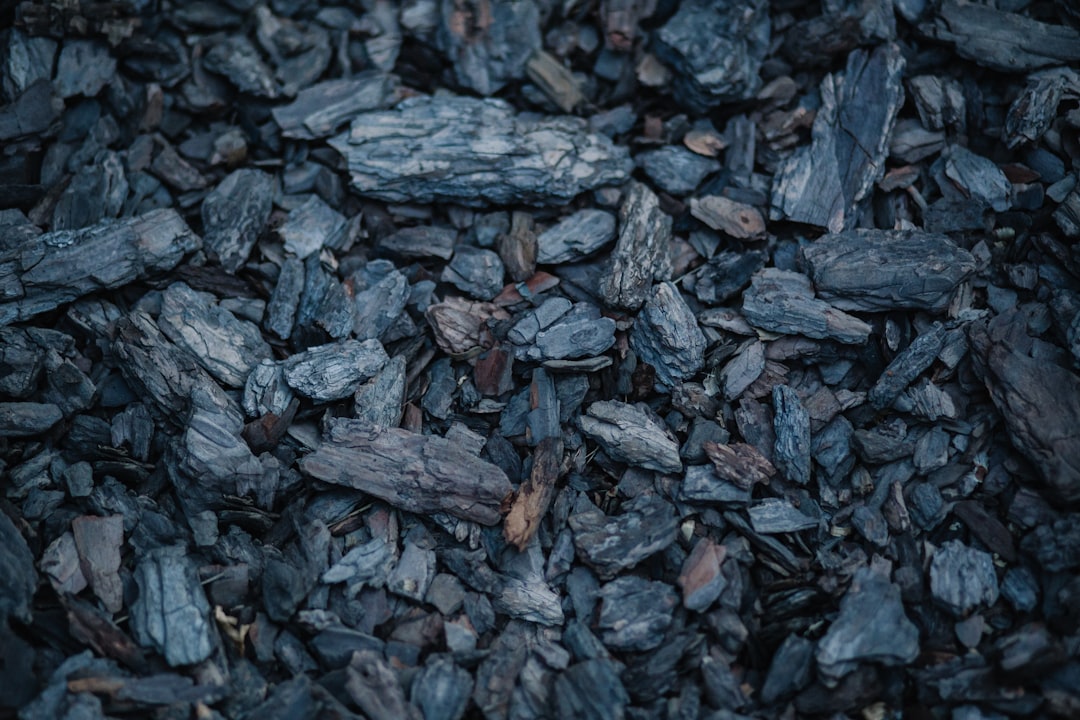What is it about?
Wax deposition is one of the chronic problems in the petroleum industry. The various crude oils present in the world contain wax contents of up to 32.5%. Paraffin waxes consist of straight chain saturated hydrocarbons with carbons atoms ranging from C18 to C36. Paraffin wax consists mostly with normal paraffin content (80–90%), while, the rest consists of branched paraffins (iso-paraffins) and cycloparaffins. The sources of higher molecular weight waxes in oils have not yet been proven and are under exploration. Waxes may precipitate as the temperature decreases and a solid phase may arise due to their low solubility. For instance, paraffinic waxes can precipitate out when temperature decreases during oil production, transportation through pipelines, and oil storage. The process of solvent dewaxing is used to remove wax from either distillate or residual feedstocks at any stage in the refining process. The solvents used, methyl-ethyl ketone and toluene, can then be separated from dewaxed oil filtrate stream by membrane process and recycled back to be used again in solvent dewaxing process.
Featured Image
Read the Original
This page is a summary of: Determination of wax content in crude oil, Petroleum Science and Technology, May 2016, Taylor & Francis,
DOI: 10.1080/10916466.2016.1169287.
You can read the full text:
Contributors
The following have contributed to this page










